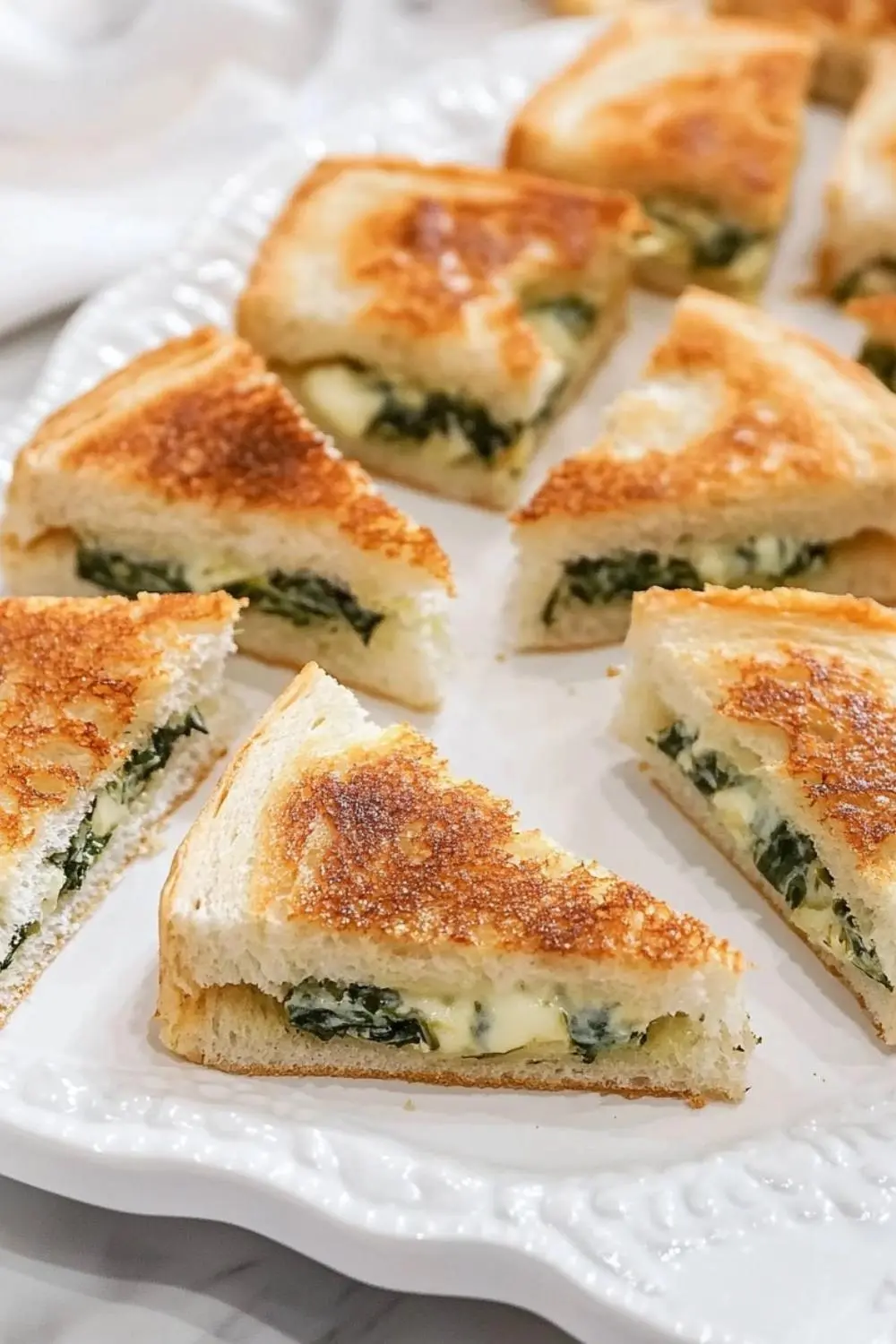When you step into the grocery store, you may feel overwhelmed by the many types of onions available. Red, white, yellow, sweet, and shallots—each with its own unique characteristics and uses.
In this guide, we’ll break down the different types of onions, their flavors, and how to use them so that you can make informed choices every time you shop.
1. Yellow Onions: The All-Purpose Favorite
Yellow onions are the most common type of onion and the go-to choice for almost any recipe. In fact, around 90% of the onions grown in the U.S. are yellow onions! They have a perfect balance of flavor—sharp and slightly astringent when raw, and sweet and caramelized when cooked.
Best uses:
- Cooking: Ideal for stews, braises, pastas, and caramelization.
- Versatility: If a recipe doesn’t specify an onion type, yellow onions are always a safe bet.
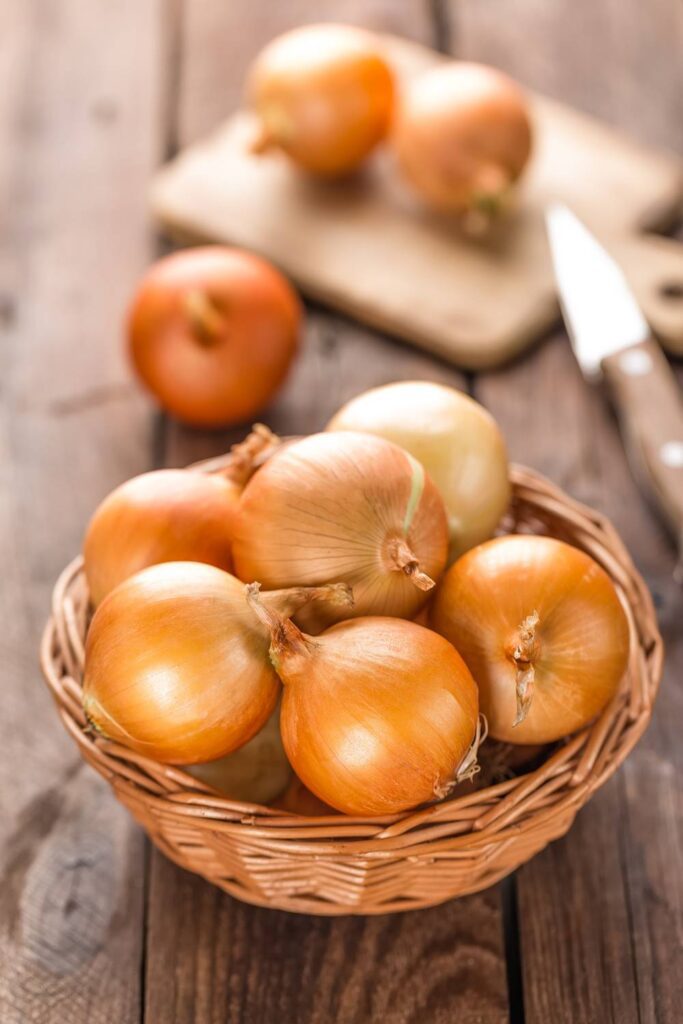
2. White Onions: Crisp and Refreshing
While white onions may not be as popular in some kitchens, they have distinct uses, especially in certain cuisines. These onions are milder than yellow onions, with a crisp, slightly sweet flavor that works well in raw dishes.
Best uses:
- Raw preparations: Commonly used in Mexican dishes like salsa, guacamole, and ceviche.
- Sandwiches and burgers: Perfect for adding crunch without overpowering flavors.
- Pro Tip: If the sharpness of white onions is too much for your taste, soak the sliced onions in water for 20-60 minutes to mellow their bite.
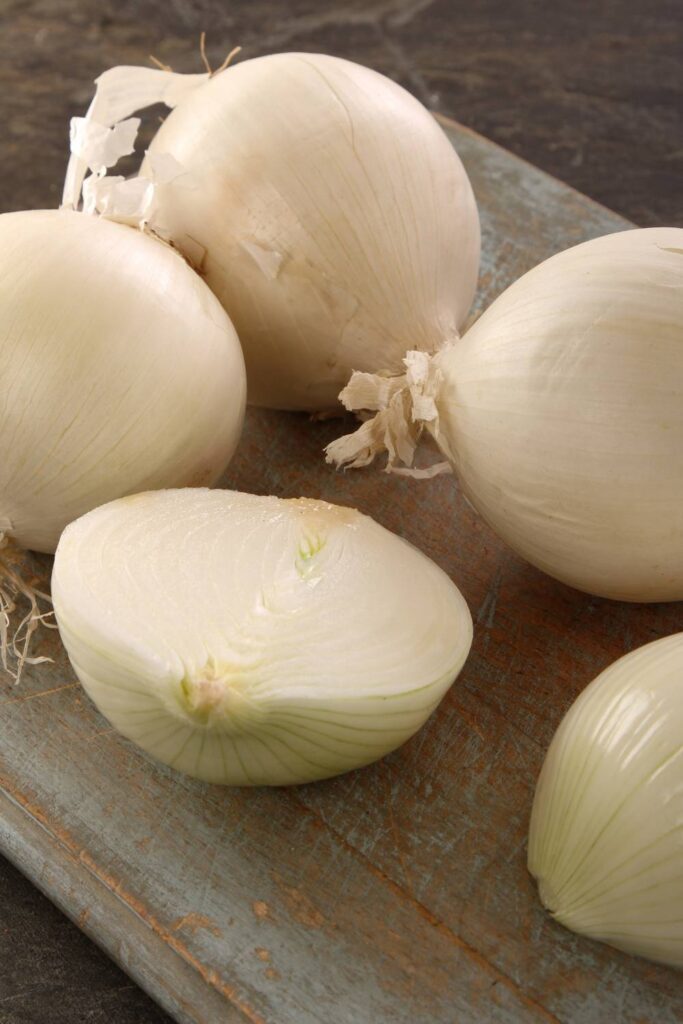
3. Red Onions: Bold and Colorful
Red onions are known for their vibrant color and sharp, tangy flavor. These onions are often used raw or pickled, but they also shine when grilled or roasted.
Best uses:
- Pickling: Red onions are ideal for pickling because of their balance of sweet and astringent flavors.
- Raw in salads: Their sharp flavor softens when marinated in dressing, making them a great addition to fresh salads.
- Grilled or roasted: Their firm texture holds up well when cooked at high heat, making them a perfect choice for grilling or roasting.
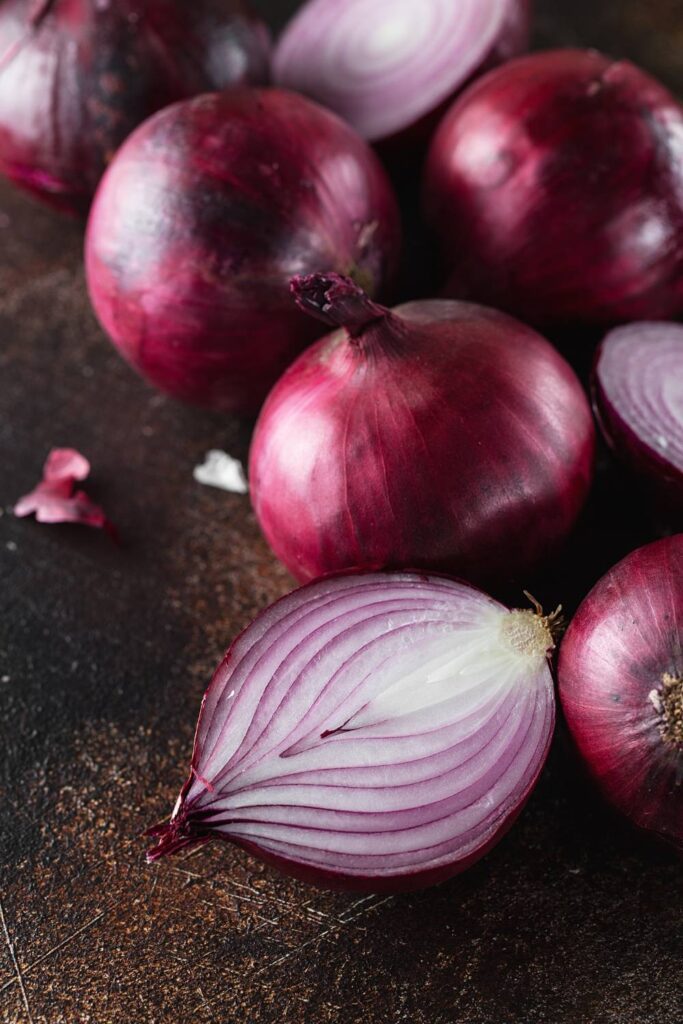
4. Sweet Onions: Mild and Delicious
Sweet onions, such as Vidalia and Maui, are technically a type of white onion, but they are much sweeter and have a lower sulfur content. Their sweetness makes them ideal for dishes that require a more delicate onion flavor.
Best uses:
- Caramelizing: Sweet onions become incredibly flavorful when caramelized. Try them in caramelized onion crostata or sweet onion carbonara for a savory-sweet treat.
- Cooking: You can substitute sweet onions for yellow or white onions in most recipes, but expect a sweeter end result.
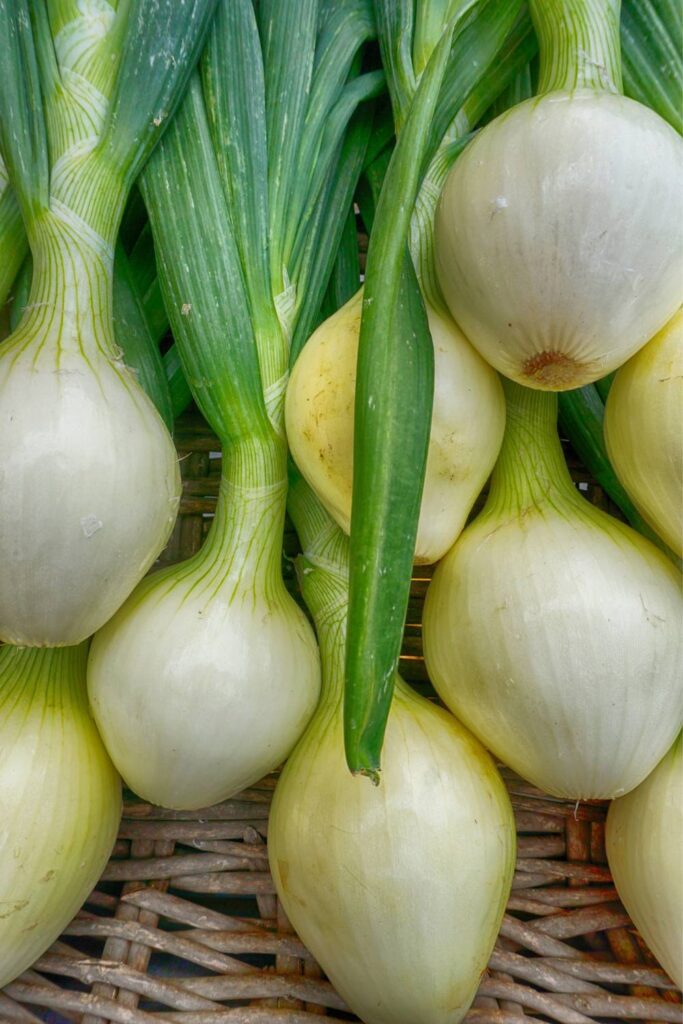
5. Shallots: The Subtle Alternative
Shallots offer a milder, more delicate flavor than traditional onions. They have a sweet, onion-like taste that adds a subtle layer of flavor to dishes without being overpowering.
Best uses:
- Quick-cooking dishes: Shallots cook down faster than traditional onions, making them perfect for dishes like one-pan salmon with artichokes and sundried tomatoes.
- Vinaigrettes: Their mild flavor is a staple in French cuisine, particularly in homemade vinaigrettes. Try using shallots in roasted beet and burrata salad or baby lettuces with shallot vinaigrette.
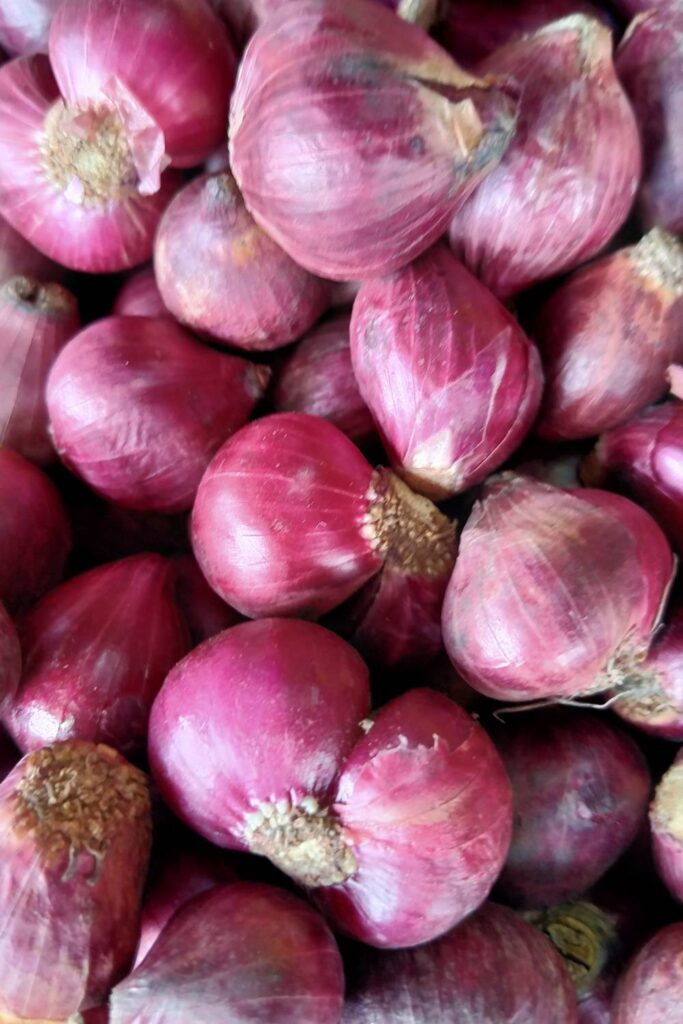
Bonus: Delicious Onion Recipes
If you love incorporating onions into your meals, here are a couple of recipes that highlight the flavor of onions:
- Giada’s Rigatoni with Sausage, Peppers, and Onions: This pasta dish uses yellow onions to enhance the savory depth of flavor, perfectly complementing the sausage and peppers. Get the recipe here.
- Giada’s Bacon Onion Dip: A creamy, indulgent dip that combines the sweet and savory flavors of caramelized onions with the richness of bacon. It’s perfect for parties or as a comforting snack. Try the recipe here.









